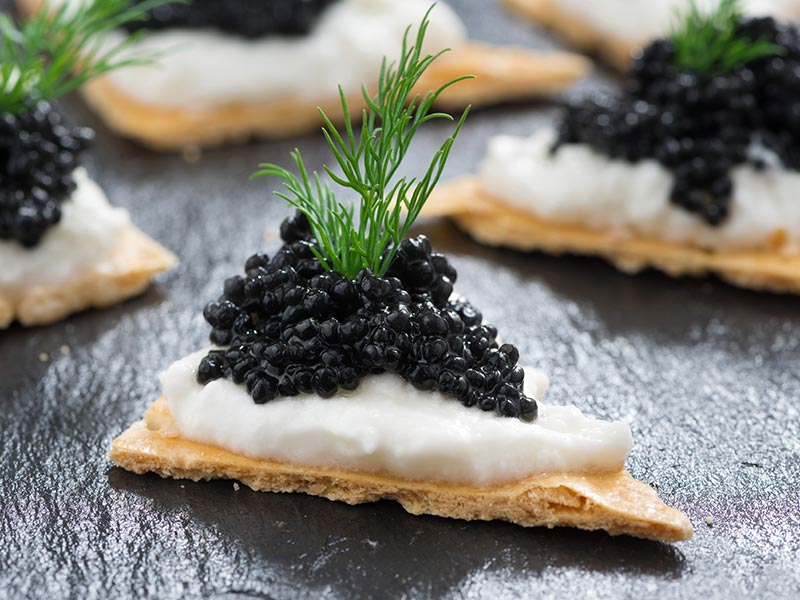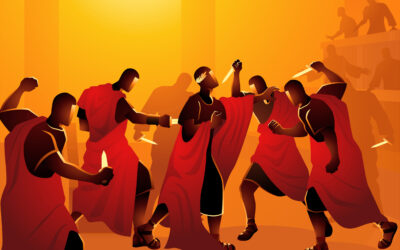Caviar, one of the world’s most luxurious delicacies, has a long and fascinating history that dates back to ancient times. Derived from the eggs (roe) of sturgeon fish, caviar was initially enjoyed by Persians and Russians, who believed it had medicinal properties. The word “caviar” itself is thought to come from the Persian word “khav-yar,” which means “egg-bearing.”
The sturgeon, native to the Caspian Sea and the Black Sea, was once abundant in these regions, making caviar a plentiful and popular food. Persians were among the first to consume caviar, believing it gave strength and endurance. Later, Russian tsars embraced caviar as a delicacy, serving it at royal banquets and cementing its status as a symbol of luxury.
Caviar’s introduction to the West came in the 19th century, when Russian aristocrats began exporting it to Europe. At first, caviar was relatively inexpensive and even served as a snack in American bars during the late 1800s! However, overfishing of sturgeon led to a rapid decline in sturgeon populations, making caviar rare and expensive by the early 20th century.
Today, caviar is synonymous with high-end cuisine and is often served at exclusive events and gourmet restaurants. The most sought-after varieties are Beluga, Osetra, and Sevruga caviar, each with its own unique flavor and texture.
In response to overfishing, sustainable caviar farming has become popular, allowing for sturgeon roe to be harvested without endangering wild populations. Despite these efforts, true wild caviar remains incredibly rare and is considered one of the most luxurious and expensive foods in the world.
Related Articles
The Ides of March—A Day of History and Superstition
The Ides of March (March 15) became infamous due to the assassination of Julius Caesar in 44 BCE. The Roman leader was betrayed by a group of senators—including his friend Brutus—leading to one of...
The History of Barcodes—The Lines That Changed Shopping
Barcodes are one of the most important inventions in modern retail, but they didn’t become popular overnight. In 1949, a graduate student named Norman Woodland was inspired by Morse code to create a...
The History of St. Patrick’s Day Parades—A Celebration of Irish Pride
St. Patrick’s Day is closely associated with Ireland, but the first St. Patrick’s Day parade actually took place in New York City in 1762—organized by Irish soldiers serving in the British army....





